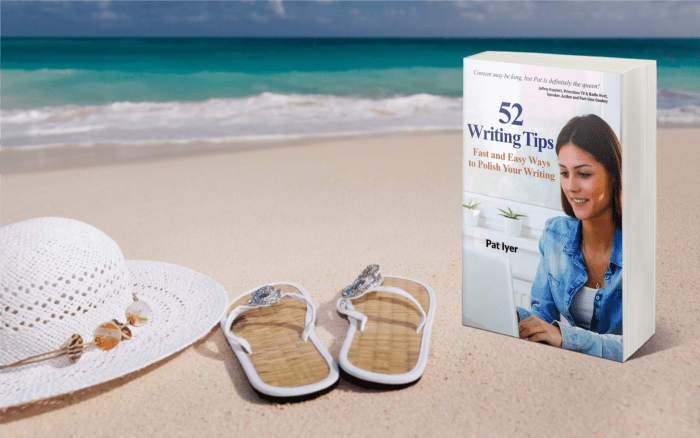 A comma may be a little squiggle, but it does a lot for your writing. It adds meaning, clarity, elegance, and, in some cases, beauty to your writing. Its absence can bore or confuse the reader.
A comma may be a little squiggle, but it does a lot for your writing. It adds meaning, clarity, elegance, and, in some cases, beauty to your writing. Its absence can bore or confuse the reader.
Comma usage is loaded with rules, and it’s a good idea to study them. Below are some of the most common examples.
Add a Comma to an Introductory Phrase
Prepositions call for commas at the end of the phrases they begin.
“If you go into the office today,”
“Before you buy that,”
“After you finish doing that,”
“In 2017, ”
It’s worth learning the most commonly used prepositions.
Incorrect
“When we went to the country the mosquitoes were waiting for us.”
Correct
“When we went to the country, the mosquitoes were waiting for us.”
Use Commas to Separate Independent Clauses
Here’s another rule that will cover a lot of situations. Always use a comma in a compound sentence with two or more independent clauses.
You will usually find a conjunction in these sentences, such as “and,” “but,” “or, ”yet,” “so.”

“He ran to the liquor store, and he bought a case of beer.”
He did two things, and each of these phrases could have been a sentence on its own.
“He ran to the liquor store. He bought a case of beer.”
If instead, the sentence read: “He ran to the liquor store and bought a case of beer,” the comma is not needed because it doesn’t contain two independent clauses.
Here’s another one.
“I wanted to go swimming, but I needed to drink beer first.”
Each of these phrases could stand alone:
“I wanted to go swimming.”
“I needed to drink beer first.”
This story is not going to end well. Ask the quadriplegics who decided to dive into the shallow end of the swimming pool.
Commas Belong Between All Items in a Series
It’s only fair to say that not everyone agrees with this rule. In AP Style, used in newspapers, the comma between the last two items of a series is omitted.
“She liked to wear clothes made by Saks Fifth Avenue, Chicos and J. Jill.”
 This can lead to sentences like, “The painter is survived by his two children, a monkey and a parakeet.”
This can lead to sentences like, “The painter is survived by his two children, a monkey and a parakeet.”
The bigger question for me is “Why leave it out?” It takes no effort to type a comma, and it makes an orderly, easy-to-understand list.
Incorrect
“In order to prepare for my test, I needed to study prepositions, conjunctions and hyphenation.”
Correct
In order to prepare for my test, I needed to study prepositions, conjunctions, and hyphenation.”
Incorrect
 “Before I left the house, I checked that the stove was off, made sure that the lights were out and looked for my key.”
“Before I left the house, I checked that the stove was off, made sure that the lights were out and looked for my key.”
Correct
“Before I left the house, I checked that the stove was off, made sure that the lights were out, and looked for my key.”
Use Commas in Direct Address
I don’t know why, but I’ve seen this rule frequently neglected.
“Joe, I disagree with you.”
“I think, Joe, that you couldn’t be more wrong.”
“You’re a liar, Joe.”
Use Commas to Set Off Quotations
She interrupted the speaker to say, “Joe, that’s outrageous.”
“Joe, that’s preposterous,” she said.
“Joe, I’d like to make a point of order,” she said, “to prove that you’re an idiot.”
Joe said, “It is time for another question. Next?”
If you liked this post you’ll love 52 Writing Tips: Fast and Easy Ways to Polish Your Writing. Whether you’re a beginning writer, you want to polish your skills, or you need the determination and inspiration to finish a project, this book will help you. It covers a range of subjects from grammar explained simply, how to skillfully edit your work, essentials of blogging, and how to capture and keep a reader’s attention. 52 Writing Tips: Fast and Easy Ways to Polish Your Writing is the guide you’ve been waiting for.
The book includes several chapters on how to polish your writing skills!


 Pat Iyer is an editor, author, book coach and ghostwriter who helps individuals create books that encourages their expertise to shine and advances their businesses. She has written or edited 48 of her own books.
Pat Iyer is an editor, author, book coach and ghostwriter who helps individuals create books that encourages their expertise to shine and advances their businesses. She has written or edited 48 of her own books.